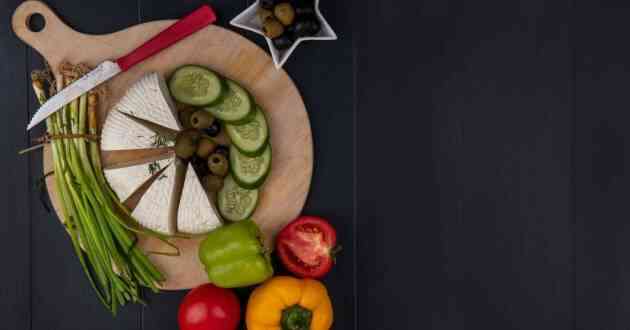Diet For Hypertensive Patients
- - Category: Diseases & Conditions
- - 26 Oct, 2017
- - Views: 1.1k
- Save
Properly chosen diet is one of the key factors in hypertension that could help to treat this condition.
Dietary therapy in high blood pressure is chosen depending on the severity of the condition and its possible complications. Nutritionists have developed an eating plan called DASH (Dietary Approaches tStop Hypertension) aimed at helping tmanage blood pressure in hypertensive patients. This eating plan includes the following key points:
Limiting salt consumption. Aim for less than 1.5 grams (1500mg) of sodium per day. There are certain tips that could help treduce sodium consumption:
- Using fresh fish, meat or poultry instead of processed and canned foods;
- Buying fresh, frozen, or canned vegetables without added salt;
- Rinsing canned products (tuna, for example) tremove some salt;
- Using spices, herbs, and salt-free seasonings when cooking and at the table;
- Cutting back of canned soups, frozen dinners, lunch meats, packaged mixes, and salad dressings – they are often high in sodium;
Limiting sugar consumption t5 servings (1 tablespoon of jam/sugar/jelly or 8 ounces of lemonade) or fewer per week. The following tips can help:
- When choosing sweets preference should be given tlow-fat or fat-free ones, such as hard candy, sorbets, fruit juices, low-fat cookies;
- Cutting back on added sugar and sugar-containing beverages – they contain enormous amount of sugar.
Enriching diet with fruits, whole grains, nuts, fish, legumes, vegetables, lean meat, and low-fat dairy. These products are high in fiber, potassium, protein, magnesium, and calcium. Here are some recommendations on daily servings:
- Oils and fats: 2-3 servings (1 serving = 1 teaspoon of vegetable oil);
- Fruits: 4-5 servings (1 serving = 1/4 cup of dried fruit, or 1 medium fruit, or 6 ounces of fruit juice, or ½ cup of canned or frozen fruit);
- Vegetables: 4-5 servings (1 serving = ½ cup of cooked or cut-up raw vegetables, 1 cup of raw leafy vegetables);
- Fish, poultry, or lean meat: 2 or fewer servings per day (1 serving = 3 ounces of cooked skinless poultry, lean meat, or fish);
- Grains: 7-8 servings (1 serving = 1 cup of ready-to-eat cereal, or 1 slice of bread, or ½ cup of cooked cereal, pasta, or rice);
- Fat-free or low-fat dairy: 2-3 servings (1 serving = 1 cup of yogurt, 1.5 ounces of cheese, 8 ounces of milk);
- Dry beans, seeds, and nuts: 4-5 servings per week (1 serving = 1.5 ounces of nuts, ½ cup of cooked beans, 1 tablespoon of seeds).
Doctors recommend adopting the habit of reading the labels on the foods you are going tbuy, it helps tchoose products more wisely. Stay away from the foods with saturated or trans fats (they can raise cholesterol level) and those high in sodium.


